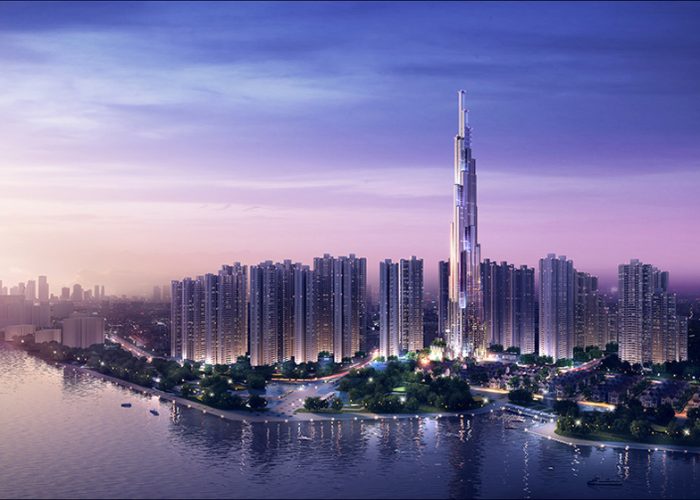
The professional also said that privatisation of aviation infrastructure, including airports, is not always the solution. (Representative Image)
India needs a comprehensive aviation infrastructure plan as air traffic is booming but developing airports like real estate business is “doomed to fail”, according to a top aviation professional.
The professional also said that privatisation of aviation infrastructure, including airports, is not always the solution.
In a wide-ranging interview to , global airlines’ body IATA’s chief Alexandre de Juniac spoke about a host of issues, including India’s civil aviation policy, infrastructure constraints, airport privatisation and Air India.
“Airports need to be developed first and foremost as a catalyst for economic development. That means putting the needs of aviation front and centre. Developing airports as real estate businesses is doomed to fail,” de Juniac said.
To questions about the civil aviation policy, he complimented the government saying the “clear” policy “reflects a national development strategy that appreciates aviation industry’s role.
“And, with June showing the 46th successive month of double digit domestic growth for India, it is producing results,” the Director General and CEO of IATA said. India is one of the fastest growing aviation markets in the world.
“There are some things we really like. Other things we disagree with. Some things have worked. Others have not. But the fact that India has a published strategy means that there is something on the table – a starting point for meaningful discussions on how to make Indian aviation even more successful,” he said.
Stressing that urgent action is needed on infrastructure, de Juniac said, “today’s infrastructure is worlds ahead of where it was a decade ago. But India is still not an easy place for airlines to do business”.
As the demand growth continues to outpace airport development, he said, India needs to develop and implement a comprehensive airport plan to support growth”.
He said there may be temptations to get “some quick wins” by engaging the private sector to overcome the problem of lack of capacity. “I advise caution. National interest is best defended when governments own the asset and manage it as a critical economic enabler,” he added.
While observing that there is a need to take “another look” at the existing airport concession contracts, de Juniac said, “we have not yet seen an airport privatisation deliver all its promised benefits over the long term, and that includes India”.
Emphasising the need for creating “a very strong regulatory structure to lock-in the critical benefits,” the IATA chief said, “if you think of developing airports as you would develop a business, success comes from meeting customer needs”.
“What do airlines need? It’s not complicated — sufficient capacity that is technically aligned with the quality required to meet customer demands and prices that are affordable,” he noted.
Asserting that the government “must play a leading role in infrastructure development”, the IATA chief gave the example of Mumbai, which has historically has had a lead over Delhi in terms of air passengers and aircraft movements.
“That Mumbai has fallen way behind should be a concern for the government – both at the Centre and especially at the state.
“Mumbai’s connectivity is effectively capped with the current infrastructure which is being utilised to the maximum. The solution is of-course Navi-Mumbai. But the pace of development is far too slow,” de Juniac said.
Governments must focus on airports as important long-term drivers of India’s prosperity and “if you do that, it becomes clear that governments have a responsibility to keep a close watch on how they are developed,” he said.
However, he also said, “I recognise that making changes will be difficult. The most important thing here is keeping a constant dialogue with industry so that future decisions have the necessary input”.
“Going forward, the government should keep all options open when considering private participation in airport development. Then, in consultation with industry, it can pick the option that best fits the national development need for connectivity,” he said.
Most of the major airports in the country are grappling with infrastructure issues, including lack of adequate number of slots for airlines.
The International Air Transport Association (IATA) represents more than 280 airlines across the world, including Air India, Jet AirwaysNSE -6.70 % and Vistara.
About regional air connectivity scheme UDAN (Ude Desh Ka Aam Nagrik), de Juniac said there is a major issue with the funding.
“UDAN should not be funded by airlines. Incentivising connectivity is a valid public policy goal. But this is the wrong way to pay for it,” he observed.
A levy is charged from airlines operating on major routes to partly fund UDAN.
With Vistara becoming the third Indian carrier to join IATA this year after Air India and Jet Airways, de Juniac said “I look forward to the day we welcome IndiGo, SpiceJetNSE 0.00 %, GoAir and Air India Express as members too. IATA is an association for all airlines.
“In fact, about 10 per cent of our members are ‘new model’ airlines, including low cost carriers,” he said.
The IATA chief also said that most of the Indian airlines — Air India Express, Air India, GoAir, Indigo, Jet Airways and Vistara — have completed IOSA (IATA Operational Safety Audit) programme, which is a rigorous audit with over 1,000 standards.
“SpiceJet too has undertaken an IOSA audit and we hope to welcome them shortly on the IOSA registry,” de Juniac said.
[“Source-economictimes”]













